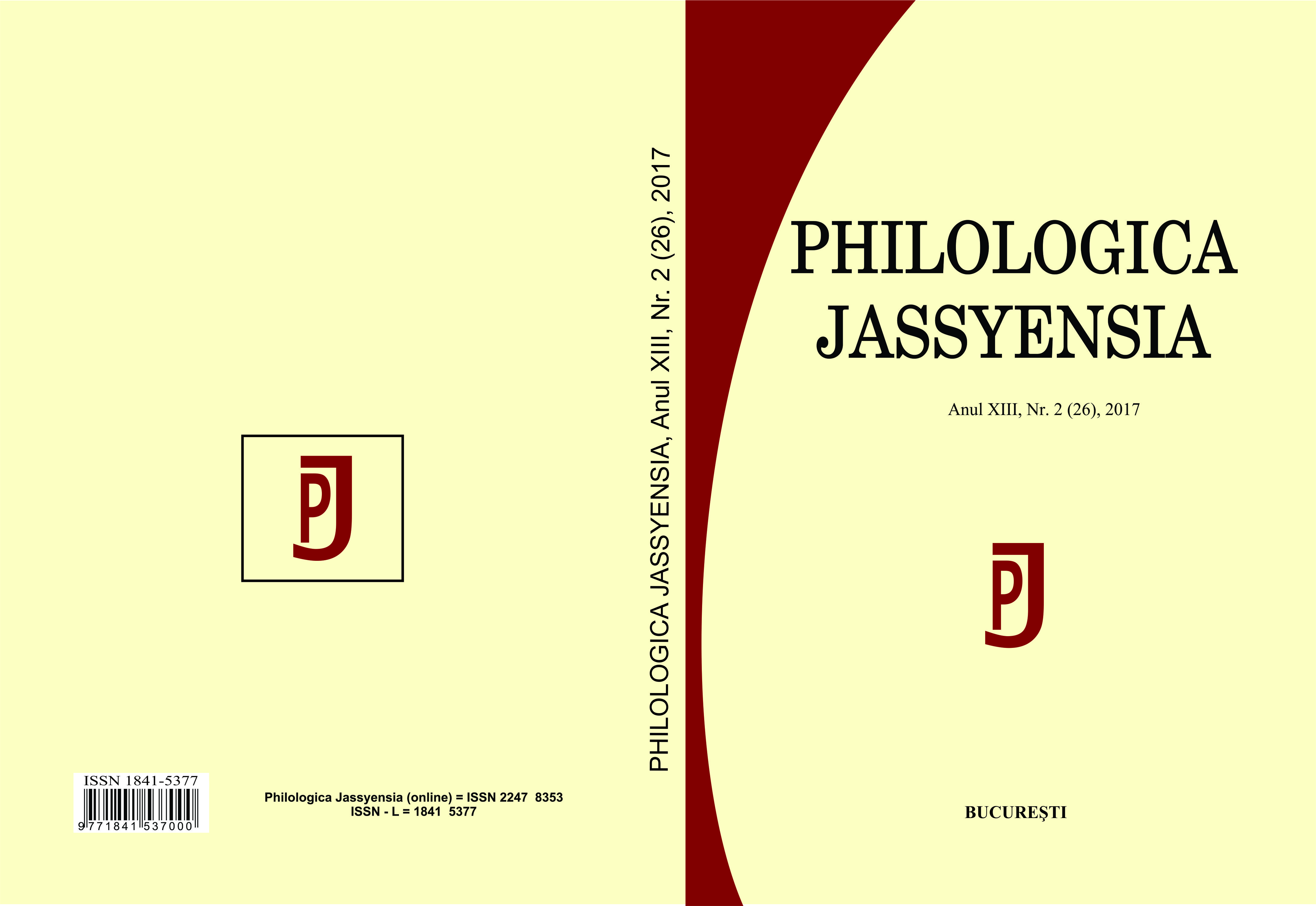Mito norreno e poesia romena. Visioni del Ragnarök in Peisaj transcendent di Lucian Blaga
Norse Myth and Romanian Poetry. Visions of Ragnarök in Lucian Blaga’s Peisaj transcendent
Author(s): Valentina SirangeloSubject(s): Language and Literature Studies
Published by: Editura Tracus Arte
Keywords: Romanian poetry; norse mythology; apocalypse; bird; water
Summary/Abstract: As poems like Rune and Götterdämmerung testify, Germanic myth always excited Lucian Blaga’s creative imagination. However, it is possible to identify the implied presence of a Germanic – in particular, Norse – theme in Peisaj transcendent as well. This is a poem that depicts a decaying cosmos yet which fortells its forthcoming regeneration. The purpose of this essay – which proposes a comparison between Old Norse mythological literature and contemporary Romanian literature through a mythocritical approach – is to illustrate that many of the chaotic scenes which follow one another in Peisaj transcendent are very similar to those of the Ragnarök, the awe-inspiring eschatological chapter of Eddic mythology. After a historical-religious introduction on Ragnarök, the essay investigates two ornitomorphic creatures portrayed in Peisaj transcendent: the “apocalyptic roosters” and the “birds similar to water angels”. The former reminds one of the three roosters announcing the end of the world and the final struggle between the gods and their enemies in Old Norse myth. Nonetheless, since a cosmic renewal follows the Ragnarök, both the Norse roosters and Blaga’s roosters preserve – apart from an apocalyptic characterization – their main symbolic function of birds as foretellers of dawn. The latter – the water birds as messengers of the other world – are brought to the strand by the sea of death, i.e. the same archetypical sea that swallows the Earth during the Ragnarök. Subsequently, the essay analyses the signals of rebirth in Peisaj transcendent, that is to say the Earth which “flares up as with fluctuating waves” and the coffins which “sing under the grass by the thousands”. In these scenes, it is possible to detect the double dynamics of world destruction typical of the Ragnarök – including a flood or Deluge and eventually a great fire or Conflagration –, as well as the aquatic and vegetal processes on which the regeneration of the cosmos structures itself in Old Norse myth.
Journal: Philologica Jassyensia
- Issue Year: XIII/2017
- Issue No: 2 (26)
- Page Range: 235-250
- Page Count: 16
- Language: Italian

